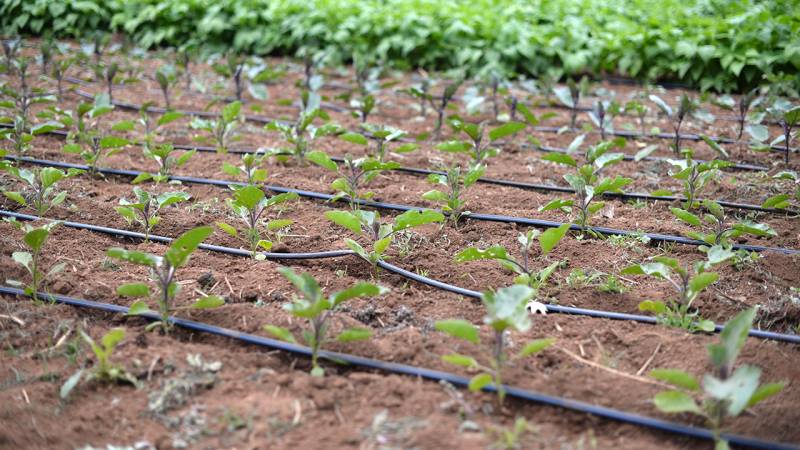Why Drip Irrigation not popular in Pakistan despite subsidies?

Stay tuned with 24 News HD Android App

Farmers in Pakistan have always complained about the lack of government support. Pakistan was once dependent on agriculture for most of its exports with a GDP share of over 50 % in the 1960s. Now the agriculture share in the GDP has been recorded at 18.6 % in 2020. The decline in agricultural products and share in the GDP has been associated with many problems and technology inclusion has always been on the top. The state has tapped on this issue in the last decade when the Punjab government announced its support for the farmers to inculcate technology in agriculture.
Punjab Irrigated Agriculture Productivity Improvement Project (PIPIP 2012-13 to 2020-21) was aimed at improving the water shortage problem for the farmers by providing subsidies to enhance the rate of installation of High Efficiency (Drip/Sprinkler) irrigation Systems (HIES). The government provided subsidy up to 60 % of the total cost of installation of HIES on a land area of up to 15 acres. This subsidy is available to all farmers within Punjab.
Another subsidy scheme introduced by government in 2019 that covers up to 80 % of the total system costs for installation of HEIS on the land area of up to 15 acres. This project was focused on the tehsils of Khushab and Pind Dadan Khan and is named as Command Area Development of Jalalpur Irrigation Project (CADJIP).
Despite the support from the government, the implementation of these methods by the local farmers is not promising. There are many factors that hinder the way of adoption of this method. Clogging in the emitters has been reported as one of the major problems. Since this technique is aimed at saving more water, therefore, small flows of water require small openings of the emitters. One of the causes of clogging is the surface level sand particles that get stuck in the emitters and clog them. The emitter orifices are very small and therefore needed frequent filtration and biological controls are required. The presence of designers is needed at all times to address the problem.
Another major problem that concerns the farmers is salinity. Point-wetting/Strip-wetting is not always helpful as salt tends to accumulate near the emitters and do not reach the targeted zone. In heavy rainfall this issue is observed but at normal times it is a very important issue to be addressed. Since many crops are sensitive to soil salinity this is the reason this issue concerns the farmers. On the other hand, it is proved to be profitable for the production of processed tomatoes in saline land area.
The root area of the plant tends to be smaller and distributed densely. The salinity results in anchorage and aeration problems for some type of crops. It is also observed that some predatory insects tend to breed in the area full of weeds near the fields. As a result, it has been reported that at some areas the drip irrigation requires higher amount of pesticides. In dry areas, the dust causes problems for emitters.
As a whole, the solid-set structure of this irrigation system demands enhanced filtration requirements that makes it costly. Even though the government offers a high subsidy of up to 60 to 80 % for setting up the HEIS system still it is a high cost for poor farmers of Pakistan. This makes drip irrigation suitable for row crops, orchards and vineyards.
The design of the drip irrigation plant for a farm is the same as working on an art piece. It requires effort to enhance efficiency and reduction in the use of labour and capital. Every farm differs in its requirement due to the difference in soil quality and type, water sources and quality, financial and capital capacity of the farmer, and crop type.
Drip irrigation is not simple and requires great management skills in addition to tangible resources. The involvement of farmers in the processes of design, installation, operations, maintenance, and material selection will not only make them able but also boost their confidence in drip irrigation.
Conclusively, this method has great benefits for enhancing the production of agricultural products in Pakistan. This will prove to be a very beneficial technique since Pakistan is facing a severe fresh water shortage. The strengthening of the effectiveness of this technique is majorly based on the inclusion of farmers in all processes to yield better results.
The writer is an Economics student at LUMS.
